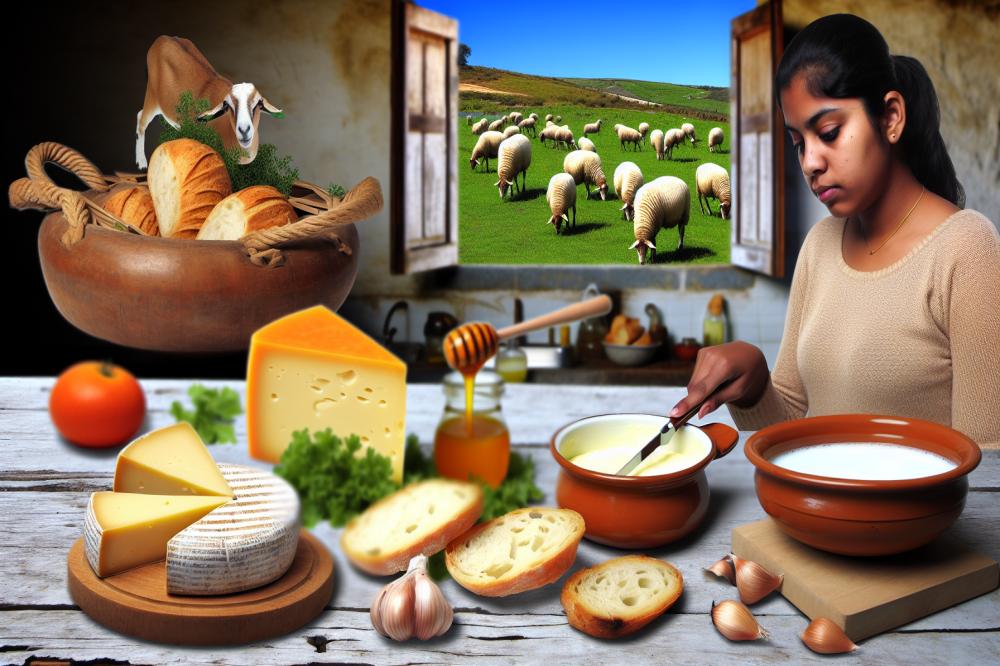Introduction
cheeseofchoice.org/queijo-de-evora-a-salty-cheese-with-ancient-roots”>Queijo de Castelo Branco holds a special place in the heart of Portuguese cheese traditions. It is not just a product; it represents a rich history and cultural heritage that dates back centuries. Hailing from the Castelo Branco region, this semi-soft cheese is characterized by its creamy texture and robust flavor. Each bite takes you straight to the rolling hills of the countryside, where the art of cheese-making has flourished.
This cheese is made primarily from sheep’s milk, which contributes to its distinctive taste. The milk comes from local breeds that graze on the aromatic pastures filled with herbs and wildflowers. This grazing habits impart a wealth of flavors that cannot be replicated. Those who enjoy cheese understand that the source can dramatically affect quality and taste. In this case, sheep’s milk provides the solid foundation needed for creating such a beloved delicacy.
The cheese’s significance extends beyond just gastronomy. It plays a vital part in regional identity and traditions. Many families have passed down recipes through generations, which adds to its allure. Festivals often celebrate this cheese, bringing communities together to savor its taste and history. Appreciation for Queijo de Castelo Branco is demonstrated in food markets and specialty shops across Portugal and beyond.
Artisans dedicate themselves to this craft, honoring age-old techniques. They carefully monitor the aging process to develop the desired flavor profile. Consumers delight in the creamy goodness that blankets the palate. This cheese pairs beautifully with crusty bread or sweet jams, enriching the dining experience.
Queijo de Castelo Branco
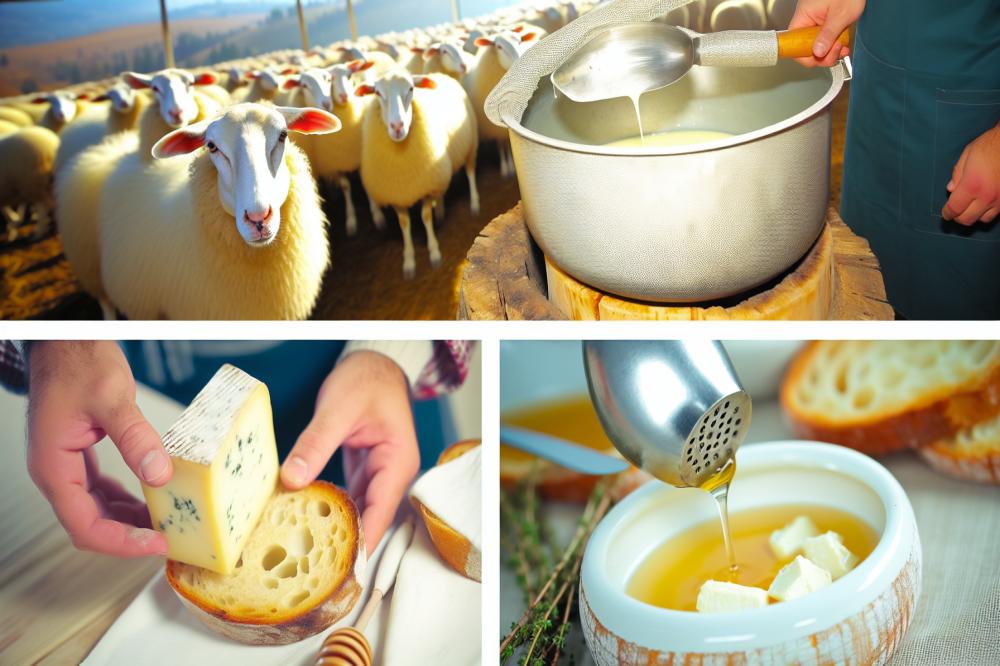
Queijo de Castelo Branco is a traditional cheese from Portugal. It originates from the Castelo Branco region, known for its rich pastures and favorable climate for sheep farming. This cheese is made exclusively from sheep’s milk, which plays a critical role in its flavor and texture.
The artisanal production process is quite labor-intensive. Local shepherds take great pride in their methods. First, the milk is collected daily and heated gently. Afterward, rennet is added to curdle the milk, forming curds and whey. The curds are then cut and drained, creating a soft, creamy texture. Each cheese is shaped by hand, reflecting the skill of the cheesemaker. Finally, aging occurs in cool, dark caves, allowing the flavor to develop over time.
Flavor Profile
This cheese offers a distinct taste. It has a mild yet slightly tangy flavor that remains balanced. Notes of nuttiness and a hint of grassiness can often be detected. The texture is creamy and smooth when young, becoming firmer as it ages. Many cheesemongers recommend enjoying it with a slice of crusty bread or drizzling it with honey for an enhanced experience.
Geographical Importance
The geographical features of the Castelo Branco region contribute significantly to the characteristics of the cheese. The abundance of natural herbs and wild plants forms an essential part of the sheep’s diet. This specific diet influences the cheese’s flavor profile, infusing it with local terroir. Furthermore, the region’s traditions have been passed down through generations, making the cheese an integral part of local culture.
The Role of Sheep’s Milk
Sheep’s milk is essential for crafting this cheese. Higher fat content in sheep’s milk results in a creamier cheese. Additionally, it contains more protein and vitamin B, enhancing both flavor and nutrition. The milk’s unique composition provides a rich backdrop for the cheese’s development, allowing it to stand out among other Portuguese cheeses.
In summary, Queijo de Castelo Branco represents the heart of its region. Through artisanal practices and the rich quality of sheep’s milk, this cheese continues to hold a special place in the Portuguese culinary landscape. Its flavor, history, and uniqueness resonate with both locals and tourists alike, making it more than just a staple food.
Sheep’s Milk
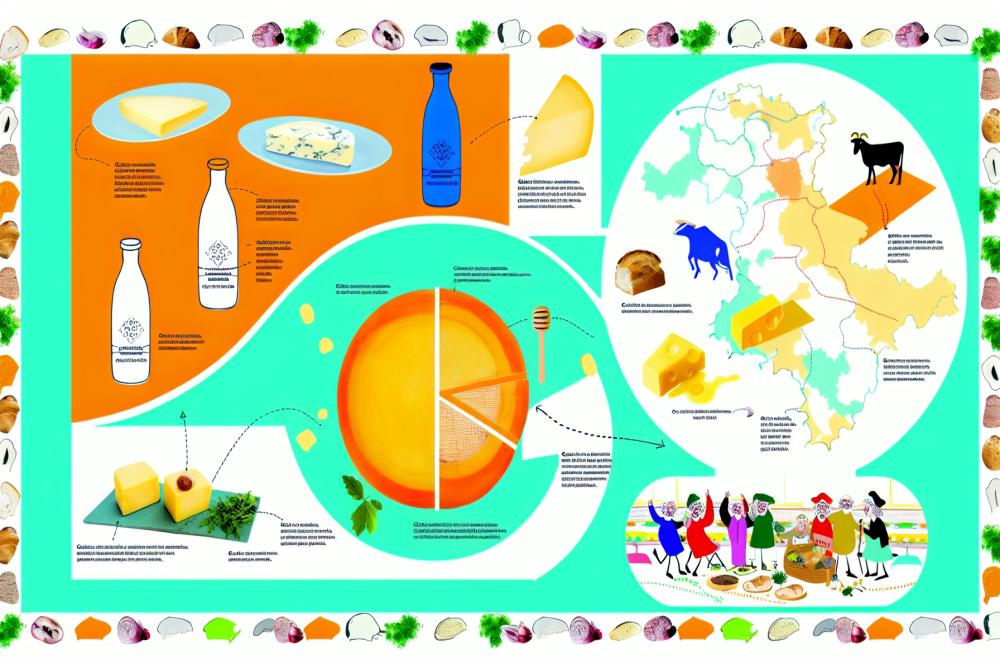
Sheep’s milk plays a pivotal role in the making of many cheeses, including Queijo de Castelo Branco. This milk is distinct from cow and goat milk in several ways. To start, it offers a richer composition. The fat and protein content are notably higher, a fact that enhances both flavor and texture in cheese.
Nutritionally, sheep’s milk is packed with beneficial vitamins and minerals. For example, it contains higher levels of vitamin B12 and zinc. These elements contribute to a healthy immune system and energy production. People often find sheep’s cheese more easily digestible, which can be a factor for some consumers.
When comparing sheep’s milk cheese to cow’s or goat’s cheese, the taste varies significantly. The richness of sheep’s milk often results in a creamier texture and a deeper taste. This quality can make it a preferred choice for those who appreciate robust flavors in their dairy.
In terms of calcium content, sheep’s milk surpasses cow’s and goat’s milk. This makes it an excellent source for bone health. Individuals looking for nutritional density might find sheep’s milk to be a superior option.
The unique composition of sheep’s milk also influences the cheesemaking process. Due to higher fat levels, cheese made from sheep’s milk often has a longer shelf life. Additionally, the milk’s composition leads to a firmer cheese that is perfect for aging.
Cheesemakers often appreciate the lower volume of milk needed to produce cheese. It takes less sheep’s milk to achieve the same yield as cow’s milk. This efficiency can be beneficial for small-scale operations in the sheep farming industry.
Ultimately, the inclusion of sheep’s milk in cheesemaking is significant. Its nutritional profile and unique flavor characteristics make it stand out in the crowd of dairy options. As consumers grow more aware of the benefits, interest in sheep’s milk products continues to rise.
Recipe
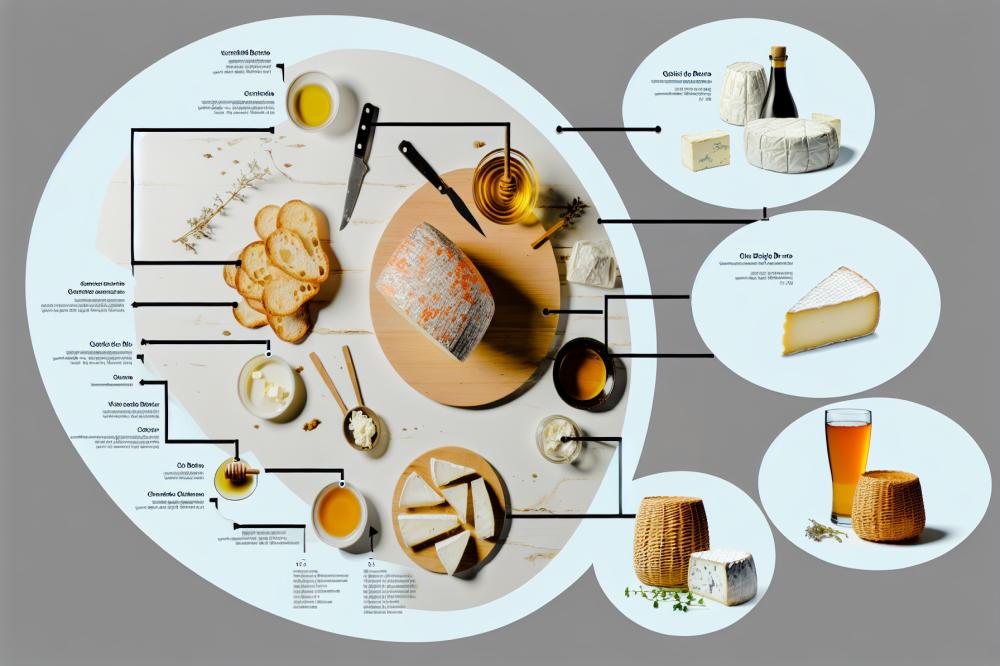
Ingredients:
- 500g sheep’s milk cheese
- 1 loaf of crusty bread
- 100g unsalted butter
- 2 tablespoons honey
- Fresh herbs (rosemary or thyme) for garnish
Instructions:
- Begin by slicing the sheep’s milk cheese into wedges.
- Next, toast the crusty bread until it becomes golden brown.
- In a small saucepan, melt the unsalted butter over low heat.
- Afterward, remove the saucepan from heat and drizzle in the honey. Stir to combine well.
- Now, arrange the cheese wedges on a serving platter alongside the toasted bread.
- Drizzle the honey-butter mixture generously over the cheese.
- Garnish the dish with fresh herbs for added flavor and presentation.
- Serve immediately, and enjoy the dish with friends and family.
Nutritional Information
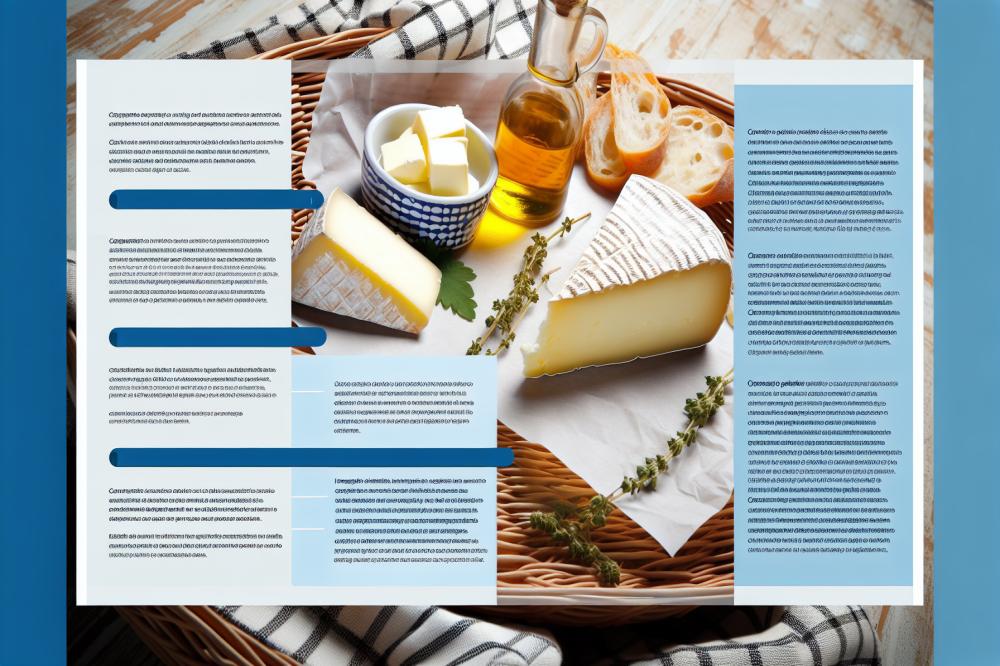
This delightful dish provides important nutrients. Five hundred grams of sheep’s milk cheese delivers around 1500 calories. Fats in this cheese can range from 120g, depending on its production method. Protein content is significant, offering approximately 50g. Additionally, the dish provides various vitamins, including A and B12, contributing to overall health.
Health Benefits
Sheep’s milk cheese presents numerous health benefits. It is often easier to digest compared to cow’s milk options, making it suitable for individuals with lactose sensitivities. This cheese is high in calcium, which supports strong bones and teeth. Furthermore, it contains beneficial fats that enhance heart health. Enjoying this simple dish not only satisfies the palate but also contributes to a balanced diet.
Final Thoughts
Queijo de Castelo Branco represents a significant part of Portuguese tradition. It is not just a cheese; it reflects the rich history of the region and its agricultural practices. Created from sheep’s milk, this product showcases the quality of local resources. The nuances of flavor derived from the milk contribute to its distinct character.
The versatility of this cheese in culinary applications further enhances its importance. It can be enjoyed on its own, paired with various foods, or incorporated into diverse dishes. Whether in a light salad or a hearty pasta, this cheese adds depth and flavor. Exploring different ways to use it can lead to delicious discoveries.
Traveling through Portugal would be incomplete without sampling this treasure. From local markets to artisan shops, finding Queijo de Castelo Branco is an adventure in itself. Taste it freshly made or aged for a stronger flavor. Each bite offers a glimpse into the landscape and culture of the region.
Understanding the role of sheep’s milk in its creation enhances appreciation for this traditional cheese. It invites everyone to connect with local traditions and enjoy something truly special. Do not miss the chance to explore and taste this acclaimed cheese—it is a journey worth taking.

